Haliya : The Moon Goddess
Listen
At a glance
| Description | |
|---|---|
| Origin | Philippine Mythology |
| Classification | Gods |
| Family Members | Bulan (Brother) |
| Region | Philippines |
| Associated With | Moon, Combat |
Haliya
Introduction
Haliya is a revered figure in Bicolano mythology, emerging as a symbol of strength, beauty, and divine protection. Recognized as the moon goddess and protector against cosmic forces, Haliya plays a vital role in the mythological landscape of the Philippines. Her legend centers around her eternal battle with Bakunawa, the monstrous sea serpent that seeks to devour the moon. More than a celestial figure, Haliya embodies the spirit of resistance against darkness, both literal and metaphorical. Over generations, her mythology has been passed down through oral traditions, evolving to reflect changing cultural values and modern interpretations.
Physical Traits
Traditionally, Haliya is described as a radiant warrior, her appearance echoing the serene brilliance of the moon. Her skin glows with a pale luminescence, often likened to moonlight, while her long, flowing hair contrasts with the night sky. Though details vary across regions and retellings, a consistent image of ethereal beauty and divine presence remains. In more modern depictions, she is often shown wearing a golden or celestial mask—a visual element symbolizing emotional resilience and divine mystery. Though this mask is not a historical feature of early oral traditions, it has become an artistic hallmark of Haliya’s image in contemporary representations.
Family
Haliya’s connection to other deities, especially Bulan, is central to her mythos. Bulan, another lunar deity in Bicolano tradition, is often portrayed as her sibling or, in some tales, as her creator or child. Their relationship is symbolic of unity and cosmic balance—Bulan represents the gentleness and illumination of the moon, while Haliya embodies its strength and defense. This pairing creates a powerful narrative arc of duality and cooperation.
In myth, Haliya’s chief adversary is Bakunawa, the dragon-like sea serpent whose hunger for the moon is believed to cause eclipses. Haliya rises as the moon’s defender, battling Bakunawa to prevent the destruction of light. These celestial conflicts are not just stories of war; they speak to deeper themes of harmony, disruption, and restoration.
Other names
While Haliya’s name is distinct within Bicolano tradition, it carries intriguing parallels to mythological figures in other cultures. The term “Halia” appears in Greek mythology as a sea nymph, while the word “Haliyah” in Arabic means “adorned” or “jewelled.” These similarities, though possibly coincidental, hint at recurring motifs across global mythologies: feminine deities associated with the moon, water, and beauty.
In local Philippine customs, the word “Halea” referred to traditional women’s songs and rituals directed to the moon. These ceremonial gatherings—loud, vibrant, and held during full moons—were believed to protect against malevolent forces like Bakunawa. The transformation of these rituals into reverence for a lunar goddess suggests how myth can crystallize from cultural practice, giving rise to figures like Haliya.
Powers and Abilities
As a divine warrior, Haliya possesses formidable powers that distinguish her from other deities. Her skills in combat are legendary—she is said to wield a sword forged from moonlight or starlight, capable of slicing through darkness itself. Myths often describe her emitting bursts of lunar energy, forming protective barriers, or even summoning light during eclipses to repel Bakunawa.
Haliya’s abilities extend beyond martial strength. She represents cosmic equilibrium, ensuring the moon’s continued presence in the sky and maintaining the cycle of light in the universe. In some traditions, her powers are linked to rituals performed by the Haliya cult—an ancient group of devotees, mostly women, who conducted dances and chants to support her celestial battles. These ritualistic practices show how mythology and spiritual tradition often intertwine.
Modern Day Influence
Haliya’s influence is far from ancient history; her legacy thrives in modern Filipino culture. From comics and video games to fine arts and literature, she has inspired a new wave of creative reinterpretations. Often portrayed as a fierce and mystical heroine, she serves as a symbol of feminine empowerment and cultural pride. Artists frequently use her imagery to explore themes of resilience, identity, and cosmic justice.
However, with popularity comes reinterpretation. Modern versions of Haliya sometimes include creative liberties, such as portraying her romance with other gods or enhancing her appearance with elaborate masks and ornate weaponry. While these additions enrich her story for today’s audiences, they also blur the lines between folklore and fiction. Still, these adaptations reflect the evolving nature of mythology—it lives not just in the past but in the imagination of each new generation.
Culturally, Haliya’s story invites renewed interest in pre-colonial Philippine spirituality. As indigenous beliefs regain visibility in academic and artistic circles, figures like Haliya are being re-examined not only as mythic characters but also as symbols of resistance and identity. Her battle against Bakunawa has been interpreted as a metaphor for colonization, patriarchy, and environmental degradation—challenges still faced today.
Beyond the arts, Haliya has found her way into fashion and activism. Jewelry designs, clothing patterns, and digital art often feature lunar motifs and masked heroines inspired by her. Educational workshops and heritage initiatives have also begun incorporating her story to promote cultural awareness and gender inclusivity.
Related Images
Source
Aswang Project. (2020, February 24). HALIYA: Bicolano Goddess of the Moon. Retrieved from https://www.aswangproject.com/haliya/
Bicolano Myths. (2014, November 27). HALIYA – Bicolano Myths. Retrieved from http://bicolanomythsofgodsandmonsters.blogspot.com/2016/11/haliya.html
Stoica, S. (2020, December 8). Fun facts about Bulan, Libulan, Sidapa, Haliya & Mayari from Philippine mythologies. Retrieved from https://stoicaswang.wordpress.com/2020/12/08/fun-facts-about-bulan-libulan-sidapa-and-haliya-in-philippine-mythologies/
Hello Pinay. (2017, January 12). Haliya, Bikolano Masked Goddess of the Moonlight + Full Moon in Cancer. Retrieved from https://www.hellapinay.com/article/2017/1/12/haliya-full-moon-in-cancer
Cambio & Co. (2019, October 29). Filipino Legends and the Surprising Ways They Influence Fashion. Retrieved from https://www.shopcambio.co/blogs/news/filipino-legends-and-the-surprising-ways-they-influence-fashion?srsltid=AfmBOop2DlCm6llGTMAbhAtARM4BP9ZmIS8O3L1uGf-SokwJN0SYNqRg
Kwento Comics. (2011, January 1). The Story – Kwento Comics. Retrieved from https://kwentocomics.com/the-story
Frequently Asked Questions
What is lorem Ipsum?
I am text block. Click edit button to change this text. Lorem ipsum dolor sit amet, consectetur adipiscing elit. Ut elit tellus, luctus nec ullamcorper mattis, pulvinar dapibus leo.
What is lorem Ipsum?
I am text block. Click edit button to change this text. Lorem ipsum dolor sit amet, consectetur adipiscing elit. Ut elit tellus, luctus nec ullamcorper mattis, pulvinar dapibus leo.
What is lorem Ipsum?
I am text block. Click edit button to change this text. Lorem ipsum dolor sit amet, consectetur adipiscing elit. Ut elit tellus, luctus nec ullamcorper mattis, pulvinar dapibus leo.
What is lorem Ipsum?
I am text block. Click edit button to change this text. Lorem ipsum dolor sit amet, consectetur adipiscing elit. Ut elit tellus, luctus nec ullamcorper mattis, pulvinar dapibus leo.
What is lorem Ipsum?
I am text block. Click edit button to change this text. Lorem ipsum dolor sit amet, consectetur adipiscing elit. Ut elit tellus, luctus nec ullamcorper mattis, pulvinar dapibus leo.



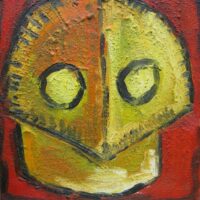

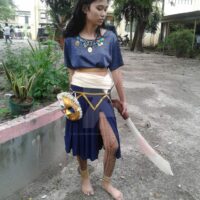
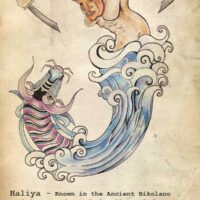




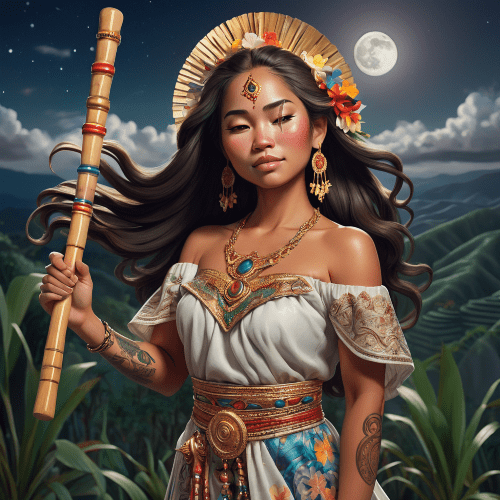
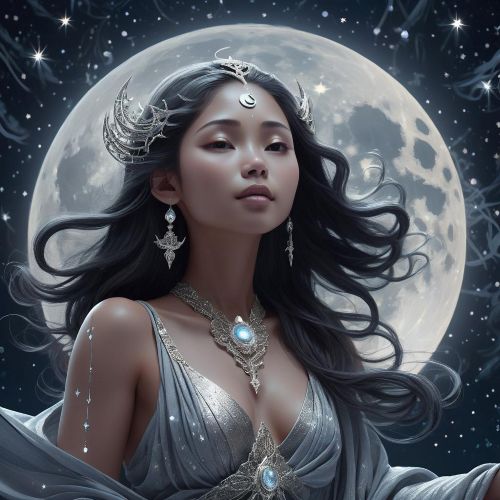
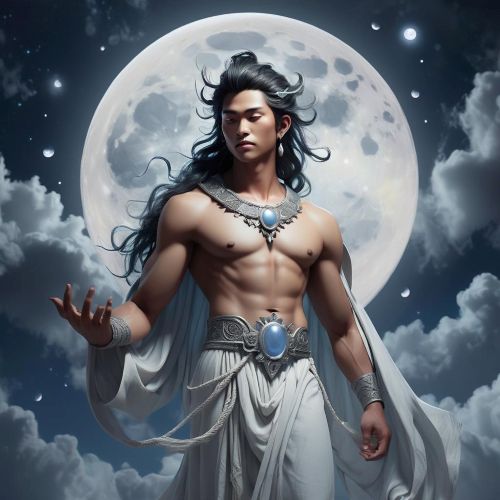
Lenna Jakubowski
Your blog is a breath of fresh air in the often stagnant world of online content. Your thoughtful analysis and insightful commentary never fail to leave a lasting impression. Thank you for sharing your wisdom with us.